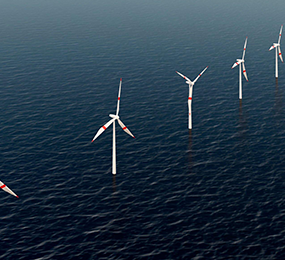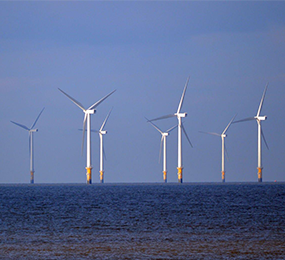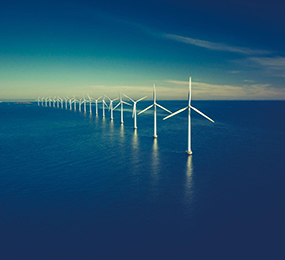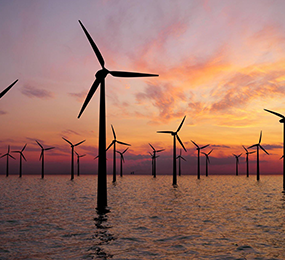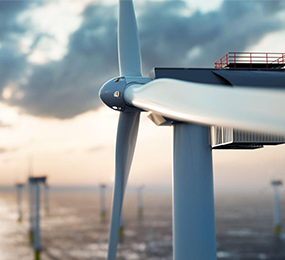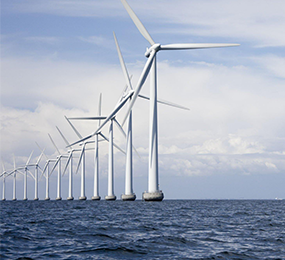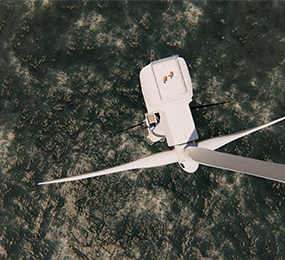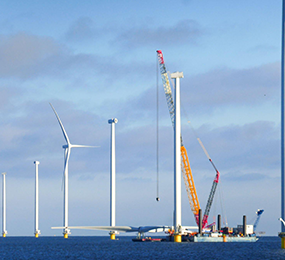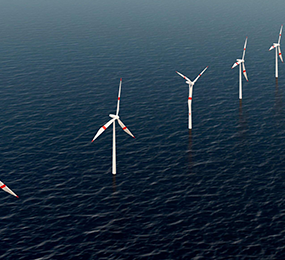Floating Wind Energy Projects in Europe: Success Stories and Lessons Learned
Floating wind energy projects have emerged as a promising solution to harnessing the vast renewable energy potential of offshore wind resources in Europe. These projects involve the deployment of wind turbines on floating platforms, enabling access to deeper waters and expanding the geographical scope for wind energy generation. As these projects continue to evolve, several success stories have emerged, along with valuable lessons learned.
One notable success story is the Hywind Scotland project, the world's first commercial-scale floating wind farm. Located off the coast of Scotland, it has demonstrated the viability and scalability of floating wind technology. The project has not only delivered clean and sustainable energy but has also generated economic opportunities, including job creation and local supply chain development. Its success has spurred further investment and interest in floating wind projects globally.
Another success story is the Kincardine Offshore Wind Farm, also located in Scotland. This project features the world's largest floating wind turbine array and has been instrumental in advancing floating wind technology. Through successful project execution and collaboration between industry stakeholders, it has proven the feasibility of floating wind farms in challenging offshore environments, providing valuable insights into design, construction, and maintenance practices.
Lessons learned from these and other floating wind energy projects are invaluable for future developments. One key lesson is the importance of comprehensive site assessments and feasibility studies to identify suitable locations and mitigate potential environmental and technical challenges. Understanding seabed conditions, wind resources, and environmental impacts is crucial for project success and long-term sustainability.
Furthermore, collaboration and knowledge-sharing among industry players, policymakers, and research institutions have played a vital role in advancing floating wind projects. Sharing experiences, best practices, and research findings enable continuous improvement, cost reduction, and risk mitigation. It facilitates regulatory frameworks and supportive policies that can accelerate the deployment of floating wind farms across Europe.
Additionally, innovations in floating wind turbine design, mooring systems, and dynamic cabling solutions have been instrumental in enhancing the reliability and efficiency of these projects. Continuous technological advancements, such as adaptive floating platforms and advanced control systems, are key factors in maximizing energy production and minimizing maintenance requirements.
In conclusion, floating wind energy projects in Europe have demonstrated tremendous success, showcasing the potential of offshore wind resources and contributing to the transition towards sustainable energy systems. These projects have not only generated clean electricity but have also created economic opportunities and spurred innovation in the renewable energy sector. The lessons learned from these projects, including site assessment, collaboration, technological advancements, and supportive policies, provide a solid foundation for future developments. With ongoing advancements and knowledge exchange, the floating wind industry is poised to play a significant role in achieving Europe's renewable energy targets and addressing climate change.
Visit our website to know more: https://www.leadventgrp.com/events/4th-annual-floating-wind-europe/details
For more information and group participation, contact us: [email protected]
Leadvent Group - Industry Leading Events for Business Leaders!
www.leadventgrp.com| [email protected]


